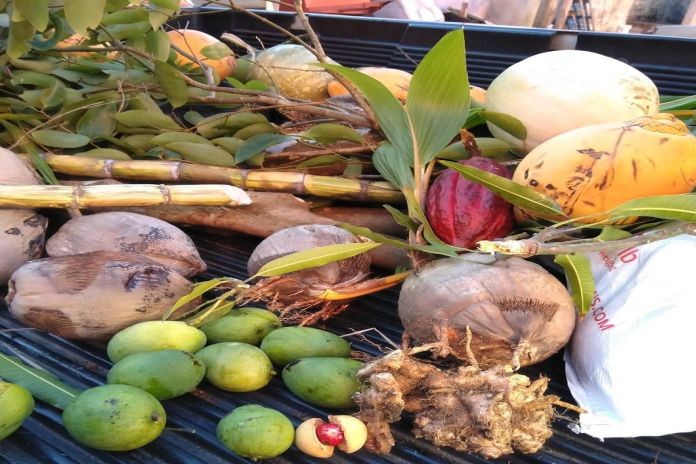By PYMNTS
Inflation is making paying for basics of everyday life – food especially – harder to swallow.
Earlier this week, PYMNTS reported that the cost of essentials as a share of disposable income was recently 22.4 percent.
The Friday (February 24) data from the government -via the Personal Consumption Expenditures (PCE) Index – shows that though disposable income ticked up in January, the continued rise of food and energy prices may put pressure on the family purse in ways that pressure other, more discretionary categories of spending.
The headline numbers show that the PCE was up 5.4 percent in January from last year, where that tally had been 5.3 percent in December (versus December of 2021). As measured month over month, the price index grew by 0.6 percent in January from December, a quickening of the pace of 0.2 percent increases in the previous few months.
Keeping the pantry stocked, keeping the lights on
We’re using the numbers that include food and energy, which are volatile, yes, but are also among the staples that we need to 1) keep ourselves physically alive and 2) keep our homes warm and get us hither and yon through daily tasks. Month over month, food prices increased by 0.4 percent and energy prices increased by 2 percent. Year over year, food prices increased 11.1 percent and energy prices increased 9.6 percent.
The fact that spending continues to grow – at a seasonally adjusted 1.8 percent in January, as wages gained 0.9 percent – sparked concerns on Wall Street that more interest rate hikes will be in the offing, which in turn sparked a selloff in stocks.
The government data hints, though, that the real and daily ebbs and flows of keeping the pantry stocked and the car gassed are likely to get incrementally tougher. The food and energy growth rates outpaced overall household income growth, which was up 0.6 percent in January from the previous month. And it must be noted that the income boosts come partly due to an inflation adjustment in Social Security. And whereas the personal saving rate increased to 4.7 percent in January from 4.5 percent in December.
The saving may take a hit as food prices show few signs of backing off from an upward trajectory. To illustrate just a few data points: meat and poultry were 2.7 percent more expensive in January from December; milk, dairy and eggs were 3.5 percent higher than a month ago.
In the meantime, debt is creeping higher – credit card debt has touched a record. And personal interest payments (non-mortgage), according to the most recent government data, stood at $400.4 billion in January, up 3.7 percent from December (seasonally adjusted at annual rates), and leagues above the $320 billion seen as recently as June. Debt will become more expensive if (perhaps when) the Fed keeps boosting interest rates.
As we reported earlier this year, consumers expect high inflation to continue eating away at their paychecks and purchasing power. More than half of the consumers we surveyed said they believe that inflation in 2023 will be worse than in 2022. For disposable income and savings – the cushion that makes us breathe a little easier – an old movie line proves apt if tweaked a bit.
Fasten your seatbelts; we’re in for a bumpy ride.





